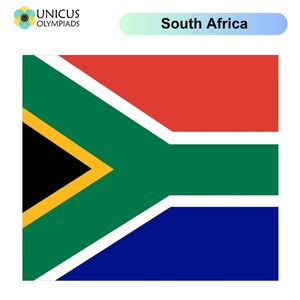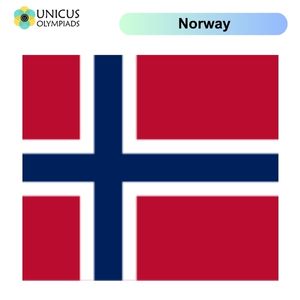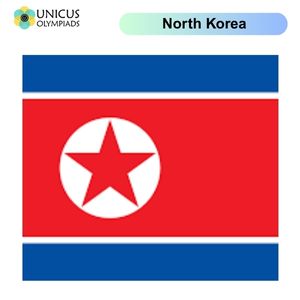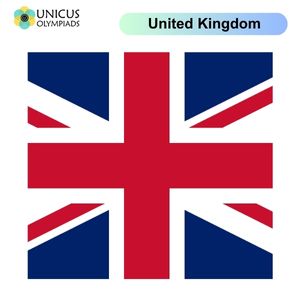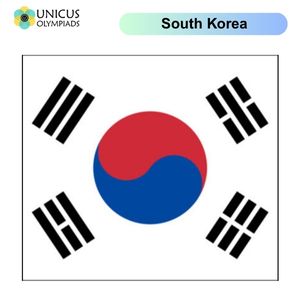

Flags serve as powerful symbols of national identity, often incorporating elements of a country's history, culture, and values. Some flags stand out due to their unique design features, such as shapes, colours, or symbols that set them apart from the rest. In this article, we will explore some of the countries with flags that have distinctive and meaningful designs, showcasing the variety and creativity in flag design across the globe.
Some countries' flags stand out for their striking use of colour or non-traditional shapes. These flags often feature bold colours or patterns that make them instantly recognisable.
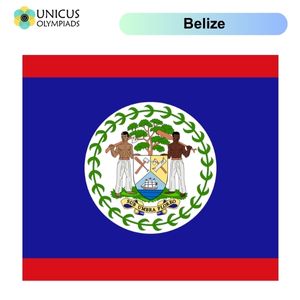
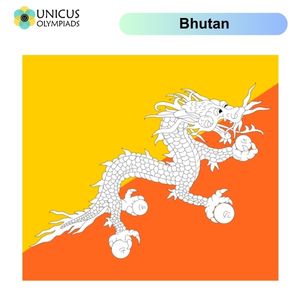
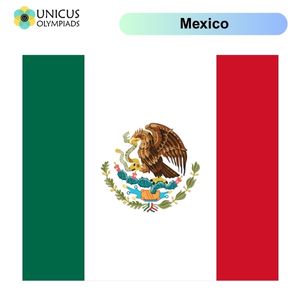
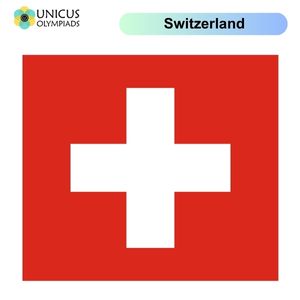
Many flags include symbols that reflect a country's history, culture, and traditions. These symbols often have deep meanings, linked to the country's identity and values.
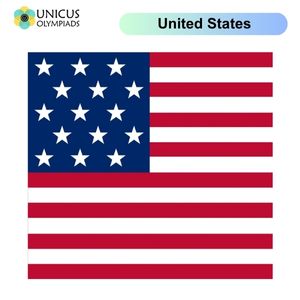
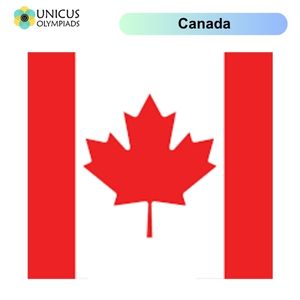
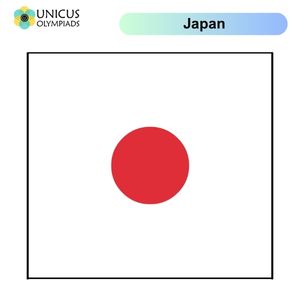
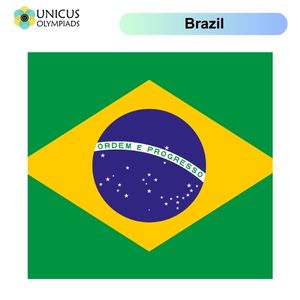
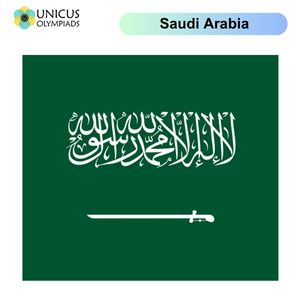
Some national flags stand out due to their bold, striking designs or unusual elements that are rare in other flags. These flags often reflect the uniqueness of the countries they represent.
